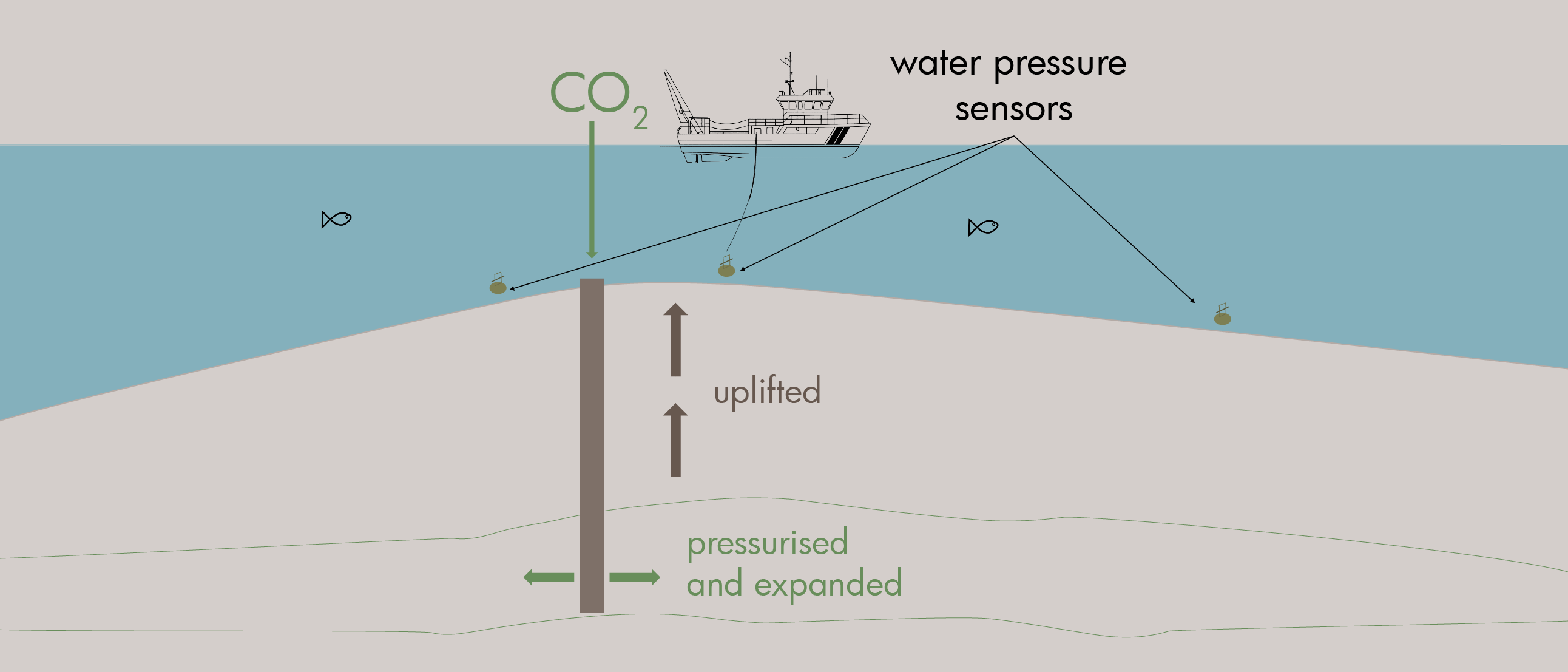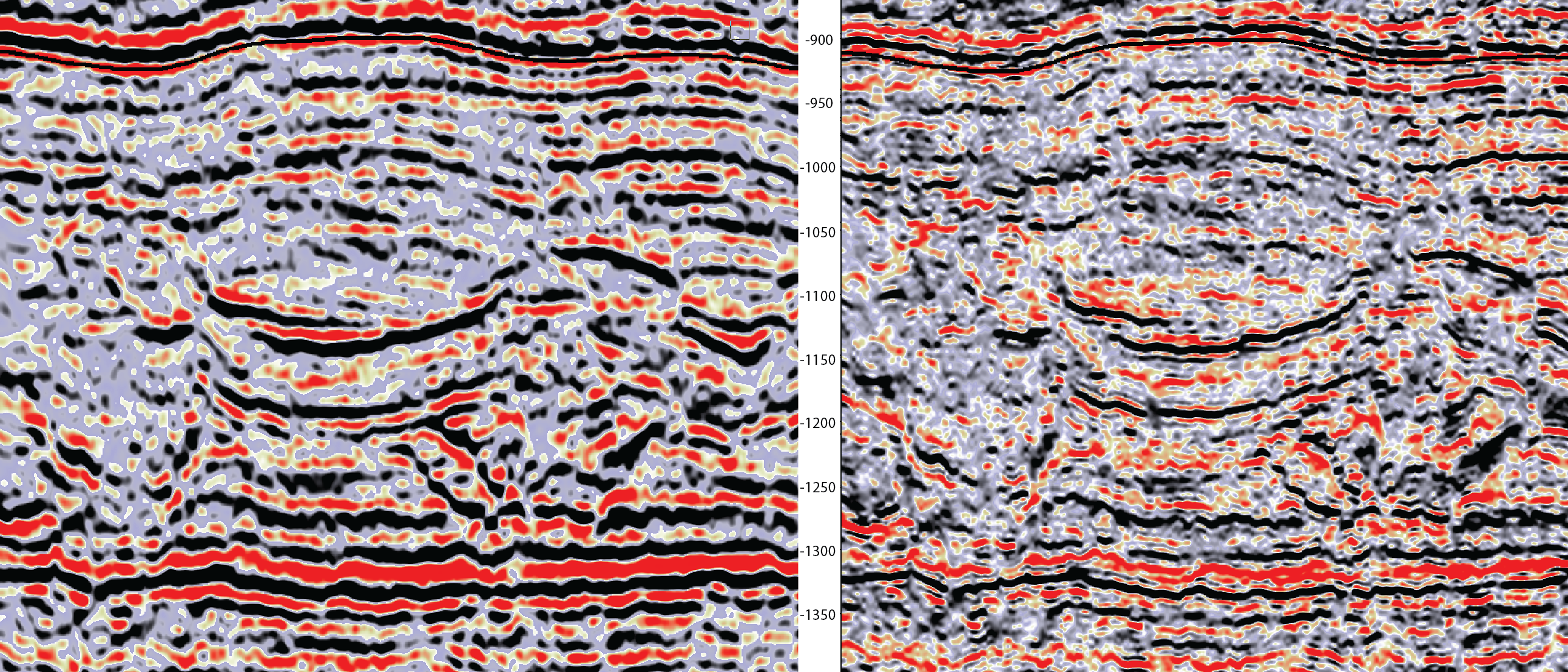Once large-scale CO2 injection projects will hopefully ramp up, monitoring injection will be an essential part of the workflow. And because the carbon storage business will never be a commercial exercise, there is pressure to come up with monitoring technology that is fast and affordable.
During the recent IMAGE conference in Houston, Colton Kohnke from the National Energy Technology Laboratory presented a study that involved electromagnetic surveys as a means to monitor CO2 injection. He and his colleagues performed a field test at Kemper CarbonSAFE in Mississippi, USA, whereby electromagnetic measurements were carried out by flying a helicopter across the site.
The financial savings that could be realized using this technology are substantial. Colton said during his presentation that a conventional seismic survey would cost around 3 million dollars, compared to around 100 k for an airborne survey.
In order to map the subsurface, dipole transmitters were put in place along both a north-south oriented as well as an east-west oriented road in the area of the future injection site. The magnetometer was subsequently flown in north-south oriented lines at a distance of 75 m.
Conductivity
The resulting data were inverted to obtain conductivity profiles in depth, as shown in the figure. It is clear that the top of the top of the saline aquifer earmarked for injection at around 1000 m depth is delineated by a higher conductive interval. However, a second interval of higher conductivity at 300 m was not present on logs of a nearby well, even though literature had suggested its presence.
CO2 injection is expected to result in a lowering of the conductivity in the reservoir, but the question is whether this signal will be strong enough to be picked up by the tools – at the end of the day, the experiments performed so far are only a baseline survey and actual CO2 injection is not foreseen for at least two more years.
To estimate the depth of investigation using electromagnetics, the skin depth can be taken as a good approximation. Using a bulk conductivity of 0.25 S/m and frequencies of 0.1 – 10 Hz, the skin depth for a frequency of 10 Hz is 0.3 km, and 3.1 km for 0.1 Hz, meaning these frequencies should be able to detect conductivity changes at the reservoir depth. The biggest uncertainties when it comes to using this technology successfully are cultural noise and the CO2 saturation in the reservoir. The modelling exercise used a constant saturation of 80 %, which obviously is a simplification and will depend on the distance from the well and the reservoir quality.
But for now, let’s hope the injection of CO2 can soon begin.





